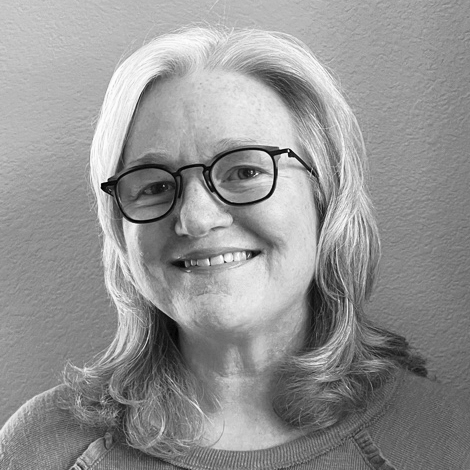Wellness & The Built Environment
Civic Well-Being: The New Rules Of Engagement In Placemaking
The spaces and places we create in the form of new home communities, smaller scale infill neighborhoods, or multi-family and mixed-use communities stand as blank canvases on and in which civic connections occur.
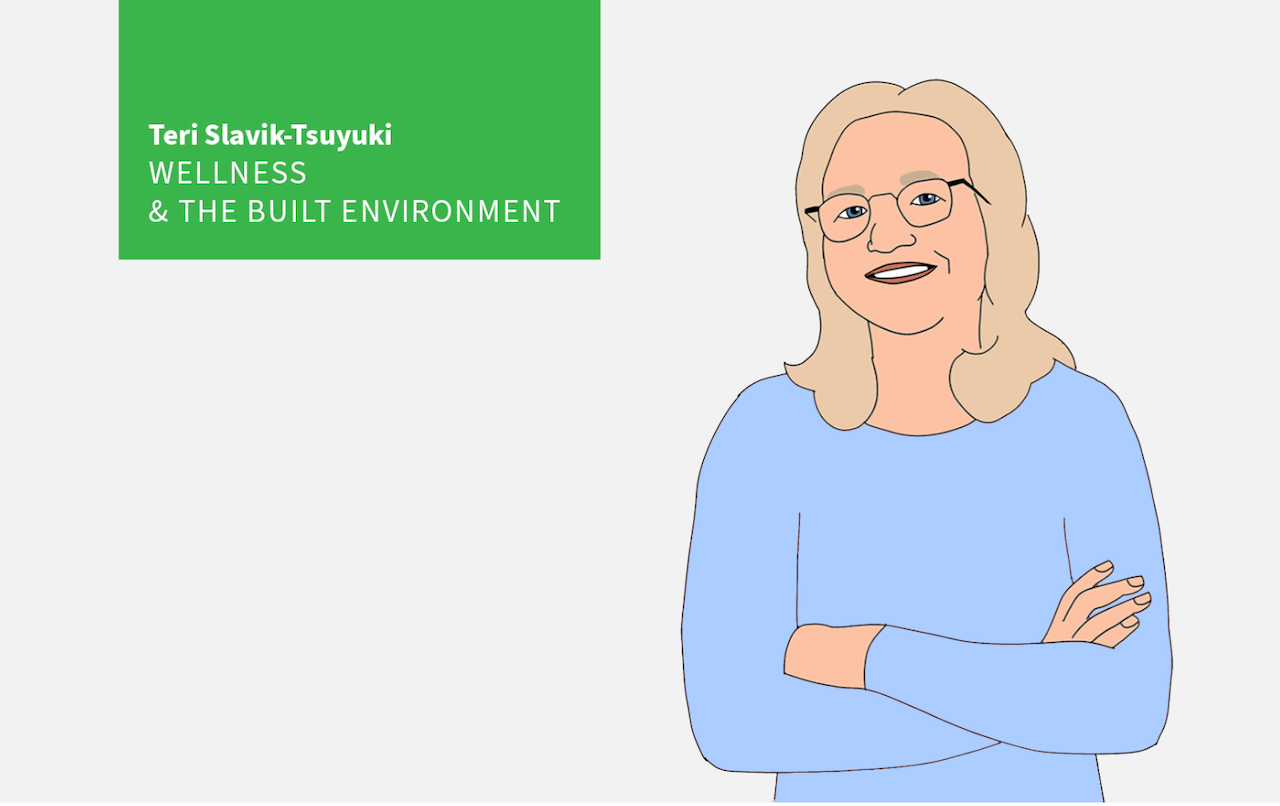
To apply for United States citizenship – as I am doing after 18 years of living, working, and learning here in the U.S. – a civics test comes as a final requirement. On the eve of taking that civics test, I felt it appropriate that this next piece in The Builder's Daily’s Wellness & The Built Environment series should itself focus on civic well-being.
According to the US Department of Health and Human Services, civic wellness results from participation in a wide range of formal and informal activities. They include voting (which I hope to do in the next election with my newly minted U.S. citizenship), volunteering, and participating in group activities.
The spaces and places we create in the form of new home communities, smaller scale infill neighborhoods, or multi-family and mixed-use communities stand as blank canvases on and in which civic connections occur. And as creators and developers of these places, we can choose to embrace a blank canvas as an opportunity, or regard it as a nuisance.
We don’t live in isolation. Civic health is as important for human communities as physical health. UNC Chapel Hill’s Director of Carolina Public Humanities, Lloyd Kramer, puts it this way:
Civic health and physical health are often connected because a thriving public life helps individuals live better and safer lives. We often talk about the importance of taking care of our physical bodies, but the American public body also needs attention. Good civic health means a community in which people engage with each other, where they participate in the shared life of the community and where public institutions are responsive to the needs of the people in that community.”
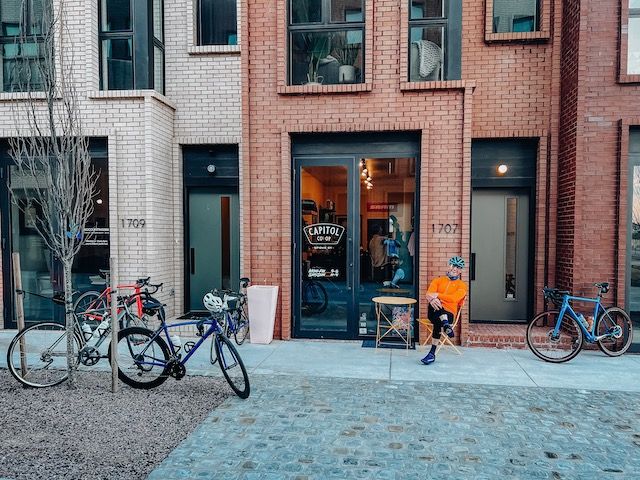
Civic Health: Places Engage And People Activate
The most important factor for civic well-being is for individuals to understand how their well-being connects with the well-being of others in the communities where they live, work, or participate in the economy. It may sound alarmist to say we have a crisis of civic well-being today. The truth is this. It is more common today to retreat to our echo-chambers and foster fear, and irrational responses -- laying blame and lack of trust at the feet of public institutions – than to encourage healthy debate and civic engagement to overcome obstacles and find shared solutions.
Place – that unique space where the physical environment meets the social and emotional aspects that are unique to human life – is one of the most important drivers of equity and civic well-being in a community.
Simply defining and designing beautiful public space is not enough. Ritual and use have to be further instigated. Without the programming and activities – the rituals of daily life – that take place in public spaces, there can be no urban life.” – Mike Lydon & Anthony Garcia, Tactical Urbanism
We'll take, as an example, the 150-acre Wheeler District. It's located on the south bank of the Oklahoma River, in Oklahoma City, and planned for 800-900 single family homes and up to 1,500 multifamily condos. Wheeler District raises the bar on civic well-being, from its initial planning, to community design, and ongoing activation.
Ashley Terry, vp of Development for Wheeler District, has been part of the team from day one. She is intentional in her description of the community as being “a civic-led project.” Terry credits as foundational the belief held by the developer, Blair Humphreys, that good urban design goes beyond just the streets and buildings, to where you put them and how that affects how people interact with them. Many developers cringe at the thought of public participation in community planning. Not so, the Wheeler District team and their planning consultants at Dover, Kohl & Partners. They leaned into it right from an initial charrette that involved 1,000 different participant voices to how they activated the community and continue to seek input throughout the ongoing development phases.
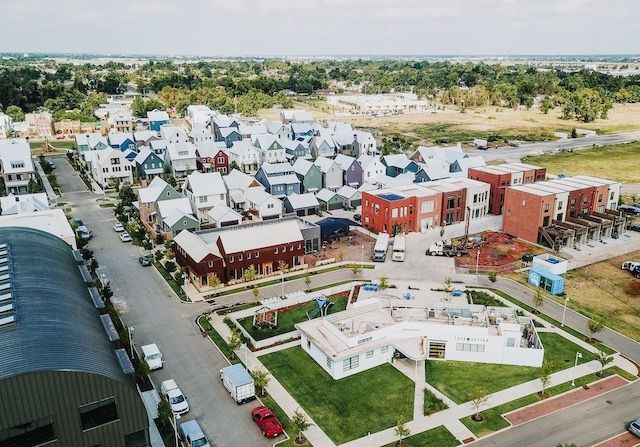
Civic engagement seats trust as its most precious commodity. Earning it, and retaining it requires consistency and focus. At Wheeler District according to Ashley Terry, it involves three essentials:
(1) Make your public outreach and participation accessible. They involved 1,000 people in their planning charrette by offering different participation options – an online survey, multiple events throughout the charrette week, a staffed design studio open 12 hours a day that encouraged people to stop by, look at maps, put up ideas. Very specific outreach with local partners, including bike tours the week before the charrette allowed members of the public to engage with project team members not as abstract people, but through sharing an experience that made them very tangible and accessible.
(2) Strive to ensure the project and the site are authentic to its history. The site was the former downtown airpark. So one of the main streets is named Runway Boulevard, and today at least three pilots who used to land planes there now call it home. All house plans are named after airplanes, and a 27,000 mixed-use building is a new build that calls back to the airport vernacular of the site mimicking the old airplane hangar with its barrel roof shape. People care about and want to see the special history of a place celebrated.
(3) Lean into the public aspects of creating a community. Wheeler District set out to be an integral part of Oklahoma City and welcomed input and ideas for what neighbors wanted, whether or not they ever choose to live in the community. The first thing they did on-site was save and install the Ferris wheel from the Santa Monica Pier along the river. Preservation of this local icon created an instant OKC landmark and gathering place in the city. It also provided day one event activation opportunities.
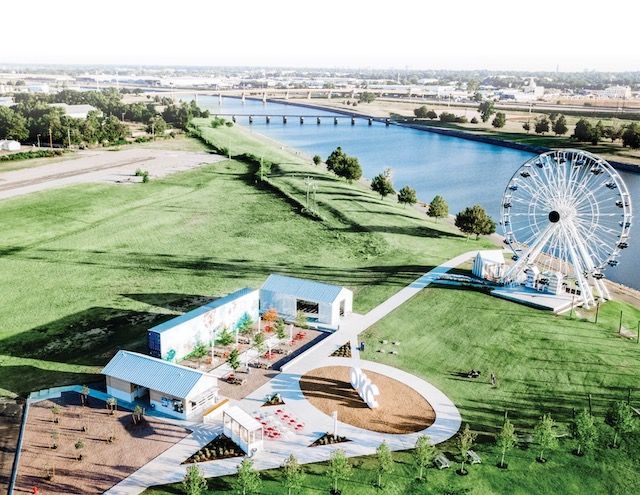
One of the biggest lessons learned, says Terry:
People just want to be heard and have their opinions listened to, including the neighbors when you’ve asked for their input. It’s a constant balance, when the development must move forward, yet some of the elements can feel sticky when you have a constituency of neighbors whose voices you need to hear.”
Lessons Learned Across Cities And Generations
When it comes to steadfastly stewarding civic involvement, not just moving development forward over future phases, but across multiple generations, the Rancho Mission Viejo team has always operated with a “culture of care” that connects people to one another. It is celebrated in The Ranch Code – a promise for how civic life will be lived here. The code was signed by Tony Moiso, Chairman and CEO of the Ranch, with a family connection that dates to 1882 when his great grandfather and his business partner purchased land that includes the 23,000 acres that today constitute Rancho Mission Viejo.
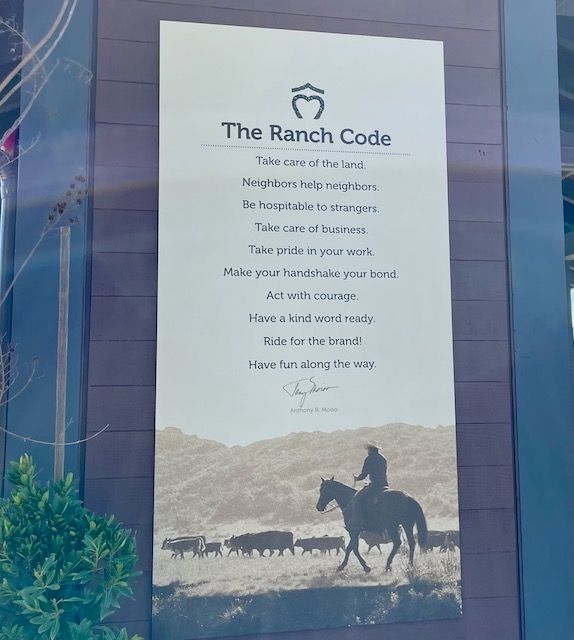
Amaya Genaro, vp of Community Services, has been at the helm of activating community life and civic engagement in communities like Mission Viejo and Rancho Santa Margarita that ultimately became their own cities, top-selling Ladera Ranch and now Rancho Mission Viejo. She sees first-hand how communities of this size and scale need different things to support civic well-being over time.
For communities that are unincorporated, there comes a time where there may be a need for a Civil Council to help support community initiatives that are beyond the scope and responsibility of the HOA. As a developer, we have helped set these organizations up to help the community have a voice at the local government level,” Genaro says.
Rancho Mission Viejo spans multiple villages, tens of thousands of acres, and will be built out over 25-30 years, and Genaro describes how this has meant a shift in focus, from an event-based orientation, to one that takes a truly civic role. She adds:
Over the years we have taken more of the approach of a City Parks and Recreation Department, offering a myriad of programs, recreation, and educational classes. In addition, we formed a Transportation Management Association that helps decrease our carbon footprint by using shuttle services to events and local and regional offerings."
Public Engagement And Civic Fiber With New Arrivals
Cities like Palm Desert, once largely a weekend getaway for LA and a retirement mecca for aging Baby Boomers, welcomes younger more diverse residents, part of a pandemic-inspired migration. And this shift has impacted how the city deals with its civic well-being, including the preferences of a new generation of residents. It spurred the launch of a new website, Engage Palm Desert, an online platform that makes it easy to contribute ideas and influence local decision-making on local issues. All this in a jurisdiction that just two years ago had a reputation for doing the bare minimum required by law to encourage resident engagement.
As we write, the City of Palm Desert hosted an open house and temporary exhibition of built-form patterns, seeking community input for multi-family and mixed-use development standards. Made up of some pre-1965 street-oriented housing types but dominated by post-1965 master plans ensconced behind 6-foot-tall masonry walls, Palm Desert’s changing demographics are changing design patterns, with suggestions that just maybe some of the walls come down in future developments.
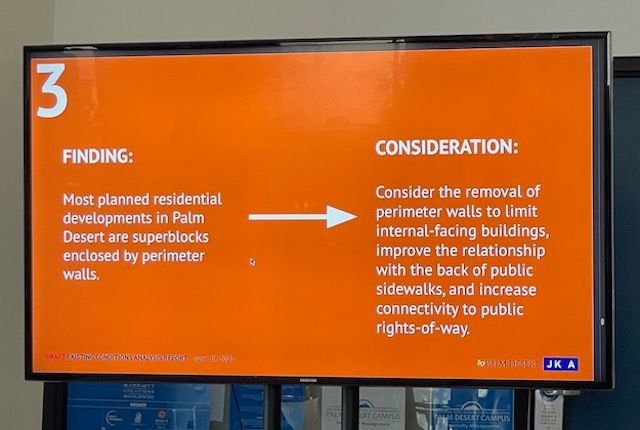
Advice for Making Civic Well-being a Community Priority
Oklahoma City Wheeler District’s Ashley Terry gets the last word, and a wise one at that, for any developer, planner, elected or city official stuck in the space between fear and hope for more civic engagement and well-being.
She leaves us with 3 pieces of advice:
(1) It can be painful and is not all roses when you open yourself up to interactions that can be difficult and time consuming. At the end of the day, your community is better for it. Tough conversations build trust and connection. If you are going to ask, you have to be ready to respond but you don’t always have to act on it. People want to know you truly listened and considered their input.”
Her team demonstrates this by crafting personalized responses to everything from HOA emails to Facebook posts.
(2)There needs to be an element of education into the complexities and intentionality behind decisions.
People love hearing the stories and the reasons why we did things, like why we put a bench here and not over there. They want to know there’s attention behind these decisions. If we keep those stories to ourselves, we don’t allow our residents to appreciate knowing the why.”
(3) “You have to be okay with making mistakes. Cancel culture and online chatter is real. Go into it doing your best and being honest about it. A lot is in how we say things. We start meetings saying we don’t think we are always right, and we will sometimes miss the mark, ... thanks for being patient with us, and let’s work on this together.”
Studying for my civics test taught me many things. One important one, is that America’s founders imagined a civic culture, based in part on rational, respectful debate among well-informed participants in the public sphere who care about the possibilities and opportunities that come with crafting solutions to various social and economic challenges.
Now is the time for all of us involved in envisioning, crafting and designing public spaces to lean into civic engagement as an opportunity to hear other voices and create dialogue, rather than a nuisance or an obligation tied to an entitlement process.
Since 1873, Kohler Co. has been improving the level of gracious living by providing exceptional products and services for our customers’ homes and their lifestyles.
MORE IN Wellness & The Built Environment
Rezoned For A Future That Bridges Timely, Timeless Values
Nolen Communities put in the work to turn a coastal California site into a thriving 20-acre agrihood, Fox Point Farms.
TBD Case: Here Is A Build-To- Rent Wellness Community Model
A look at how Zeal for Living aims to boost the health and well-being of renters.
A Look Back To Move Forward As Partners In Environmental Wellness
It’s our job now to stay close with our customers, and to collaborate. To create great places -- good for people and the planet -- we need to break down barriers against adopting an innovation by focusing on its value to our customers and the cost – and value – to our businesses.

